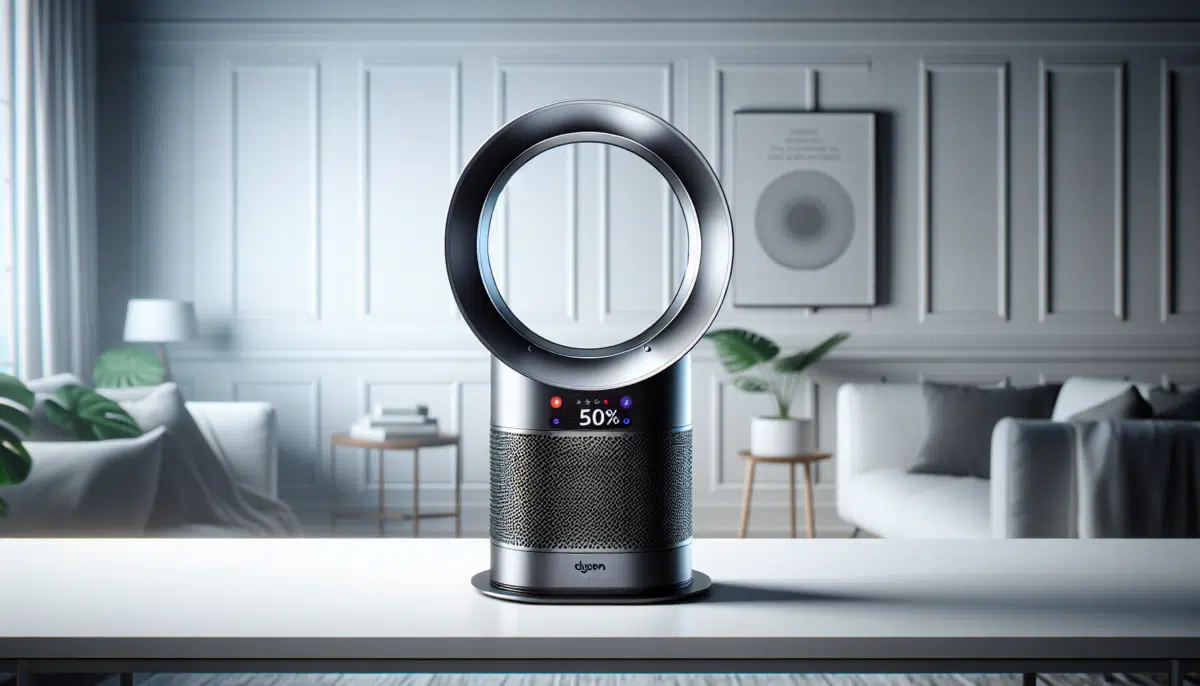Consumer sentiment declines amid rising inflation concerns
Consumer sentiment took a hit as inflation expectations surged, despite positive economic indicators, according to a key survey released on Friday.
The University of Michigan Survey of Consumers’ sentiment index for May showed an initial reading of 67.4, down from 77.2 in April and below the expectations of 76. This marked a 12.7% decline from the previous month but a 14.2% increase from a year ago.
In addition to the drop in sentiment, inflation forecasts for the next one to five years rose. The one-year outlook reached 3.5%, the highest since November, increasing by 0.3 percentage points from the previous month. Similarly, the five-year outlook rose to 3.1%, the highest since November, with a 0.1 percentage point increase.
Survey director Joanne Hsu noted consumer concerns about inflation, unemployment, and interest rates moving unfavorably in the coming year.
Other indexes in the survey also showed significant declines, with the current conditions index dropping to 68.8, and the expectations measure falling to 66.5. Despite the monthly declines of over 12%, they were higher compared to a year ago.
The report comes amidst a strong stock market rally and slightly lower gasoline prices. However, concerns loom over rising jobless claims and the overall consumer confidence decline.
Economists are keeping a close watch on inflation trends as the Federal Reserve considers its monetary policy moves. Rising uncertainty in the inflation outlook could impact consumer spending in the near future.
Market expectations suggest the Fed might lower its key borrowing rate in September, following a prolonged period at the highest level in over 20 years. Fed officials are closely monitoring inflation trends and consumer expectations to gauge the path forward.
The next significant data release on inflation is expected on Wednesday with the Labor Department’s consumer price index report for April. Economists anticipate a slight easing in price pressures, although the CPI index has been running well above the Fed’s 2% target.





